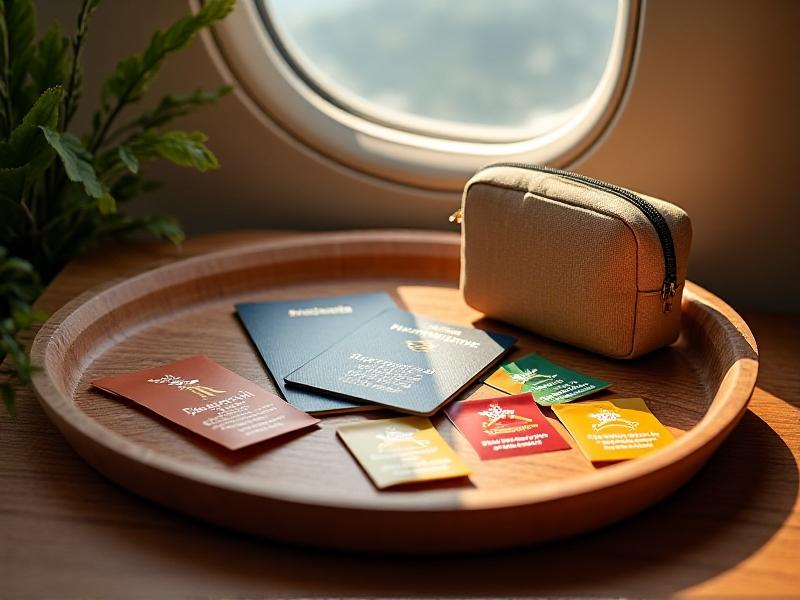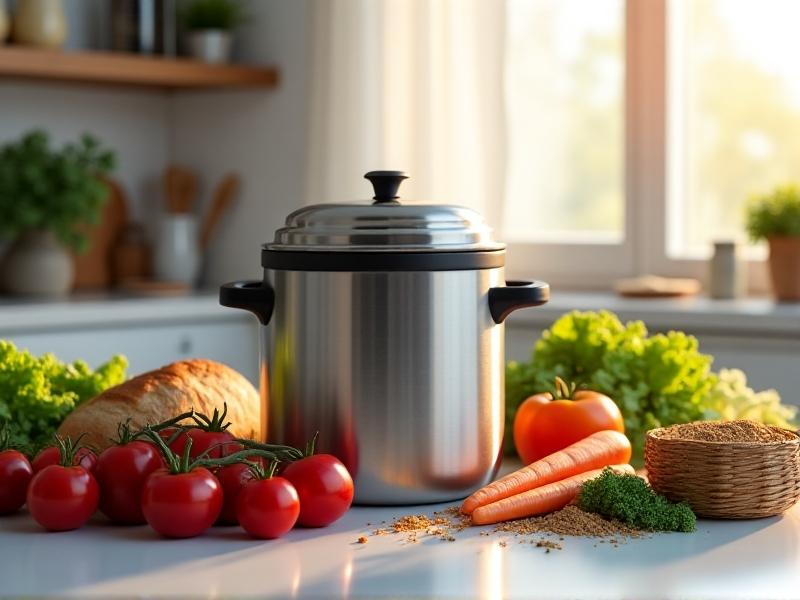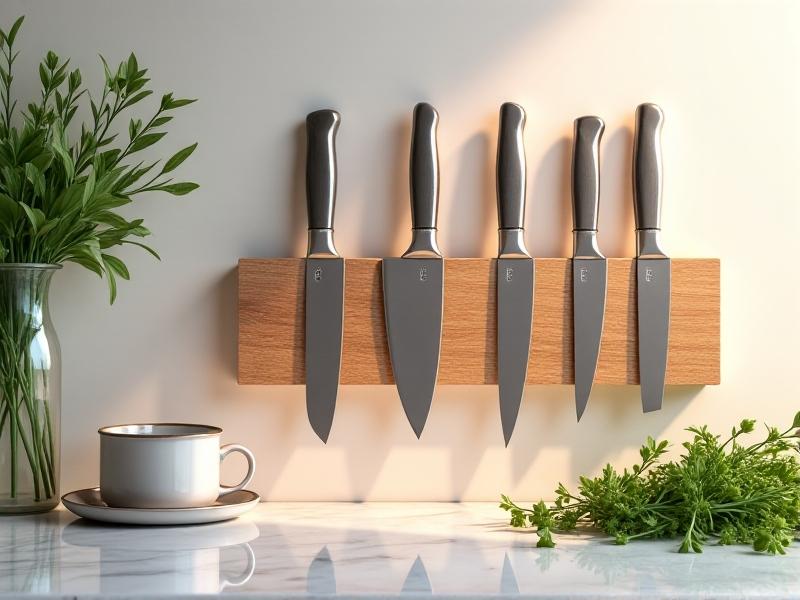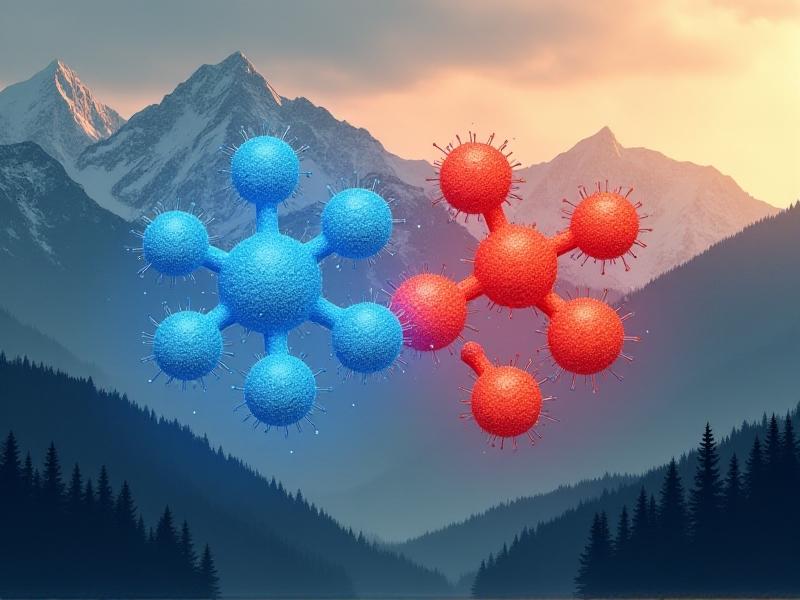Oxygen Absorber Sizing Guide
Oxygen Absorber Sizing Guide: How to Choose the Right Protection for Your Products
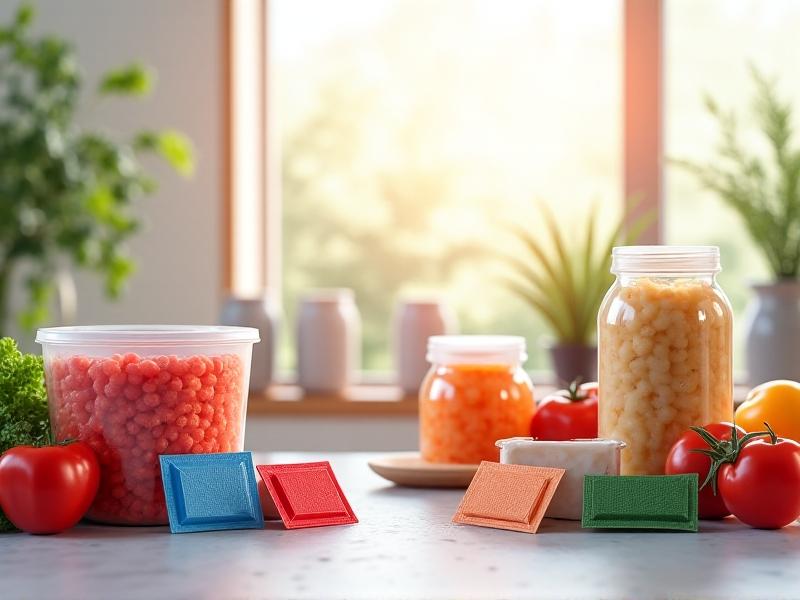
Understanding the Science Behind Oxygen Absorbers
Oxygen absorbers are small packets containing iron powder, salt, and a moisture-retaining substrate. When exposed to oxygen, the iron oxidizes, effectively removing O₂ from sealed environments. This process prevents spoilage caused by aerobic bacteria, mold, and insects. The efficiency of an absorber depends on its capacity, measured in cubic centimeters (cc) of oxygen it can absorb. For example, a 100cc absorber neutralizes 100cc of oxygen. Factors like packaging size, residual air volume, and product moisture content directly influence sizing requirements. Foods with higher fat or oil content often need larger absorbers due to accelerated oxidation risks.
Calculating Oxygen Absorber Needs: Variables You Can't Ignore

Three critical variables determine absorber size: container volume, product density, and initial oxygen concentration. Use this formula:
Absorber Size (cc) = (Headspace Volume × 0.21) + (Product Porosity × 0.1)
Headspace refers to the air gap between the product and container lid. Measure this by subtracting product displacement from total container capacity. For porous items like freeze-dried fruits, add 10% extra capacity to account for trapped air in food matrices. Always round up to the nearest standard absorber size (50cc, 100cc, 300cc) to ensure complete oxygen removal.
Industry-Specific Sizing Strategies
Pharmaceuticals: Use 20% larger absorbers than calculated for climate-controlled storage. Vial packaging often requires 300cc+ absorbers with multi-layer barrier materials. Archival Storage: Paper-based materials need low-moisture (≤40% RH) absorbers. Pair 500cc absorbers with silica gel for document preservation in humid climates. Pet Food: High-fat formulas require dual-phase protection – combine 150cc absorbers with CO₂ flush for 36-month stability.

Advanced Troubleshooting: When Absorbers Fail
Common failure symptoms include packaging inflation (indicating microbial activity) or rust-colored stains. Conduct failure analysis: 1. Check packaging integrity with dye penetration tests 2. Measure residual oxygen using headspace analyzers 3. Verify absorber activation time – some require 6-8 hours to reach full capacity For alkaline environments (pH >8), switch to non-ferrous absorbers containing ascorbic acid to prevent chemical interference.
Future-Proofing Your Packaging

Integrate oxygen absorbers with Modified Atmosphere Packaging (MAP) for synergistic preservation. Recent studies show combining 300cc absorbers with 80% nitrogen flush reduces oxidation rates by 73% compared to absorbers alone. Smart indicators – color-changing oxygen sensors – provide real-time quality assurance without breaking the seal.
